Pitch Pole Frenzy

Photo: Lloyd Images
Great fun for spectators and good promotion for the sport, but not good for the sailors onboard. A number of factors contribute to these spectacular pitchs. In these conditions with a beachcat you are in constant trim, reacting almost instantly, all achieved with years of sailing cats.
But in the Extreme Series and the new AC45-AC72 we will have lots of newcomers, and although several multihull experts are present and talents like Barker, Hutchinson that can adapt in no time, there is also a group of multihull ‘rookies’-
Beyond the crew factor, I always try to compare designs, with the F18 as a reference, for ie with the Infusion I can survive any condition pushing quite hard in our short hard chop almost drinking Tea. You can´t do that with a A-class or an old design, the volume distribution has reach almost a perfect balance in new F18 designs to manage the overpowered rig in +20knots.
Scaling up is not that simple, freeboard height must be integrated with final lenght, overall weight and other performance factors, the X40 and the Ac45 have more power to weight ratio than the F18 for ie.
But as an amateur fanatic I can tell you the same error margin and smooth ride concept could be applied to extreme racing machines without too much performance lost.
Alinghi was a perfect example in my opinion of a not well balanced design for any other condition besides flat water and light winds, based on the A-Class concept, not suitable for the additional jib and spi power.
The AC45 hulls are born on USA17 amas, but those amas had huge overall lenght to compensate a lower freeboard.
Below a comparison on scaled F18, AC45 and A-Class.
The X40 has a good profile freeboard but its cross section is quite slim.
The sailors safety and handling error marging factors also contribute to the perfomance in a huge way, no matter how fast an AC72 can be, one of them upside down will be a loser all the way…
——–
Edit: TNZ Confirmed their capsize on the AC45: www.sail-world.com



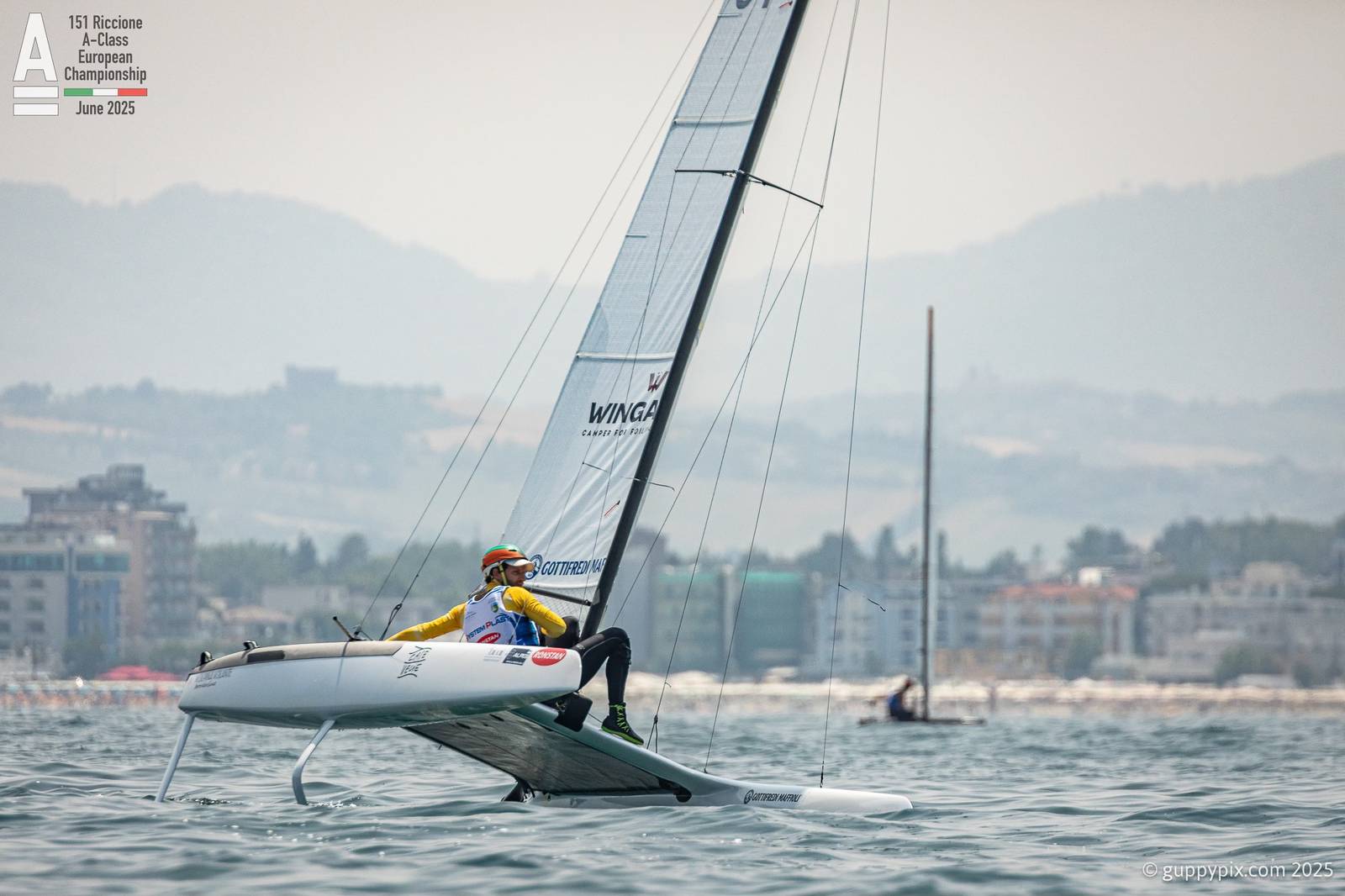
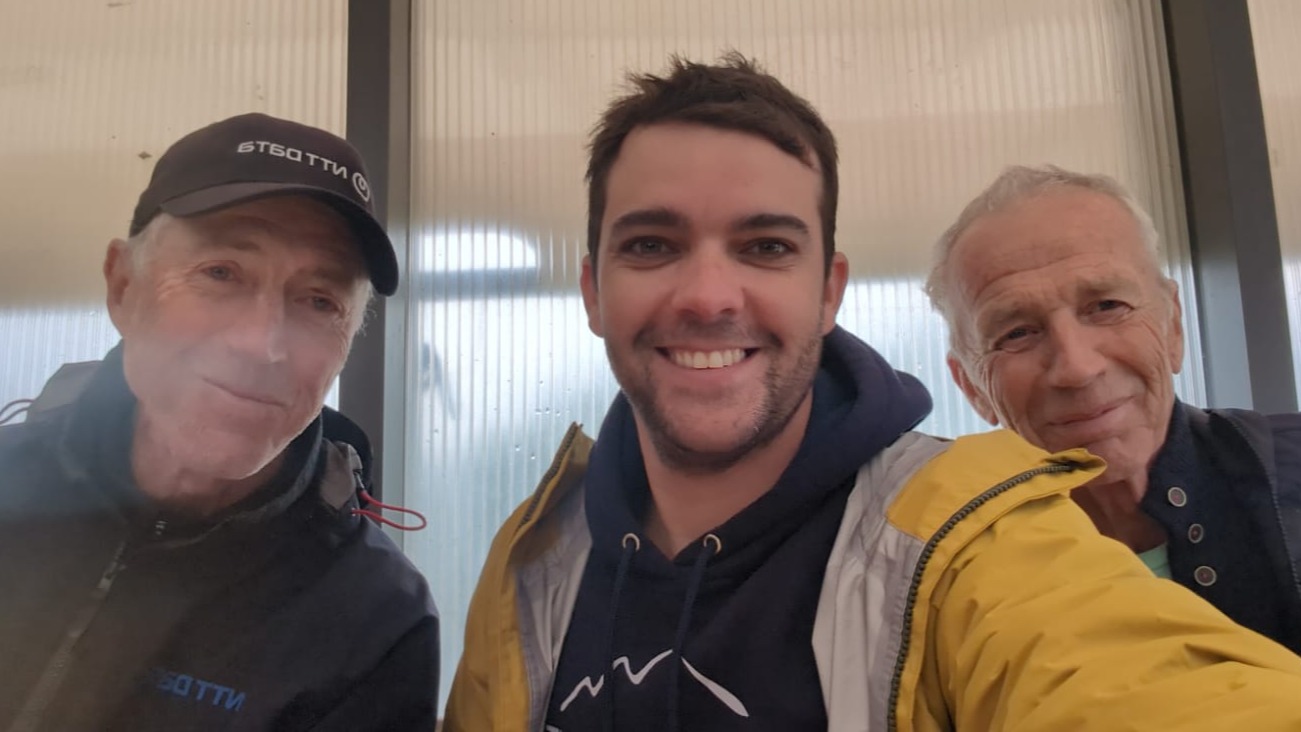
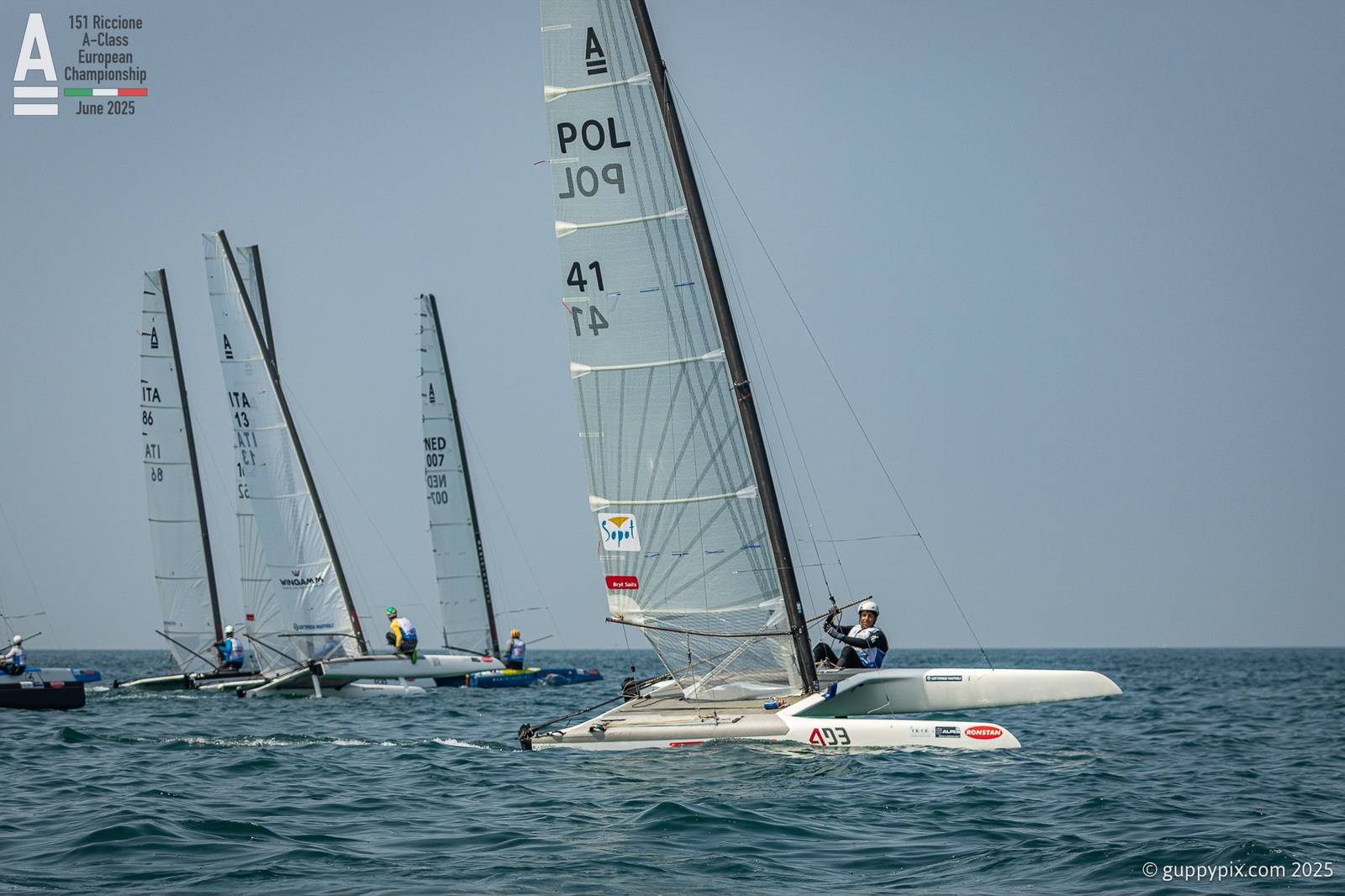
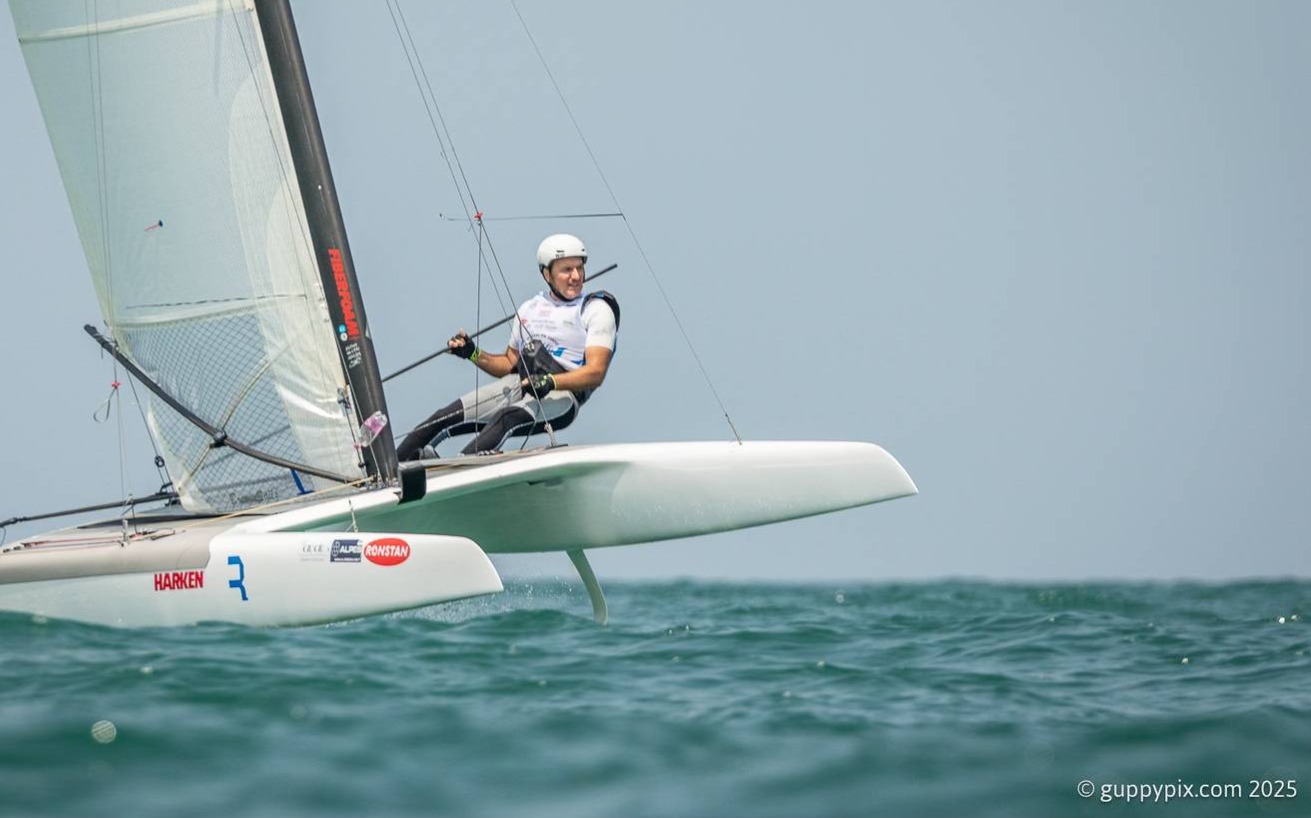
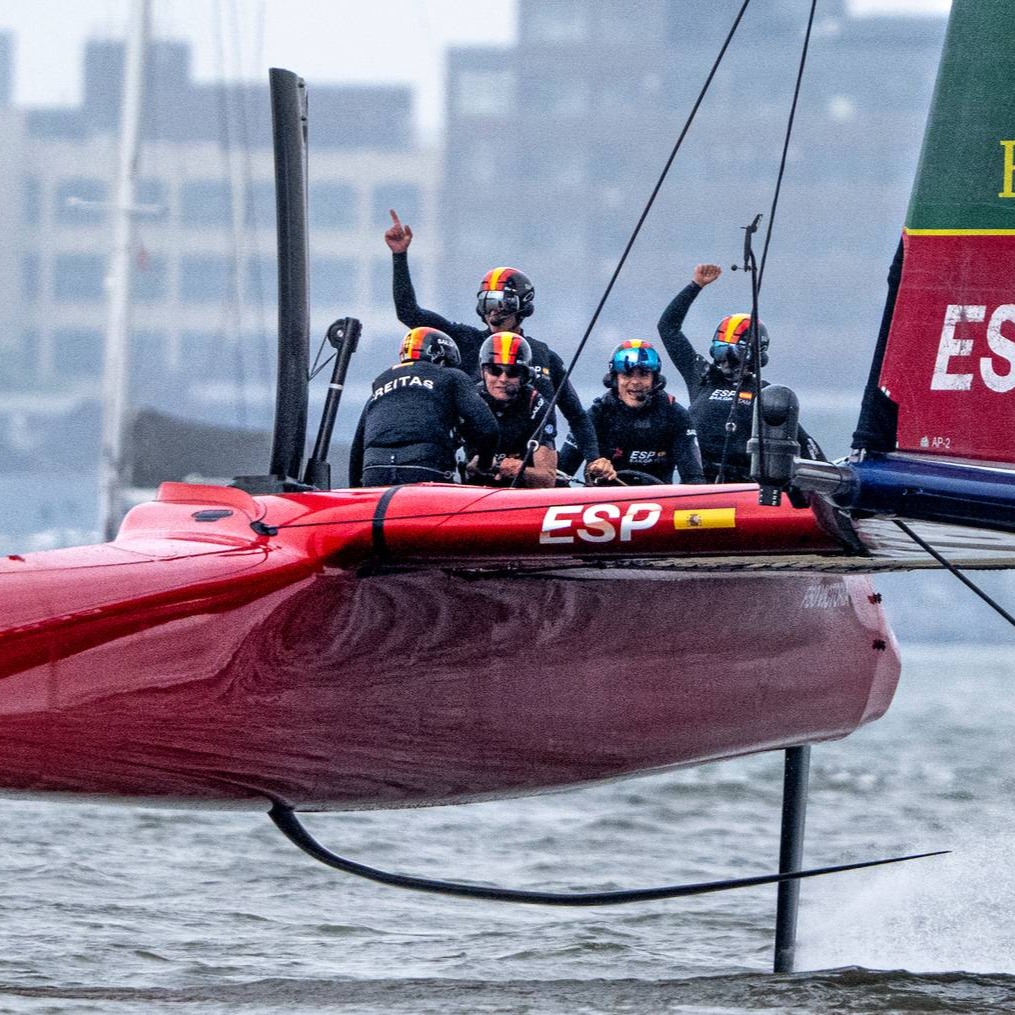
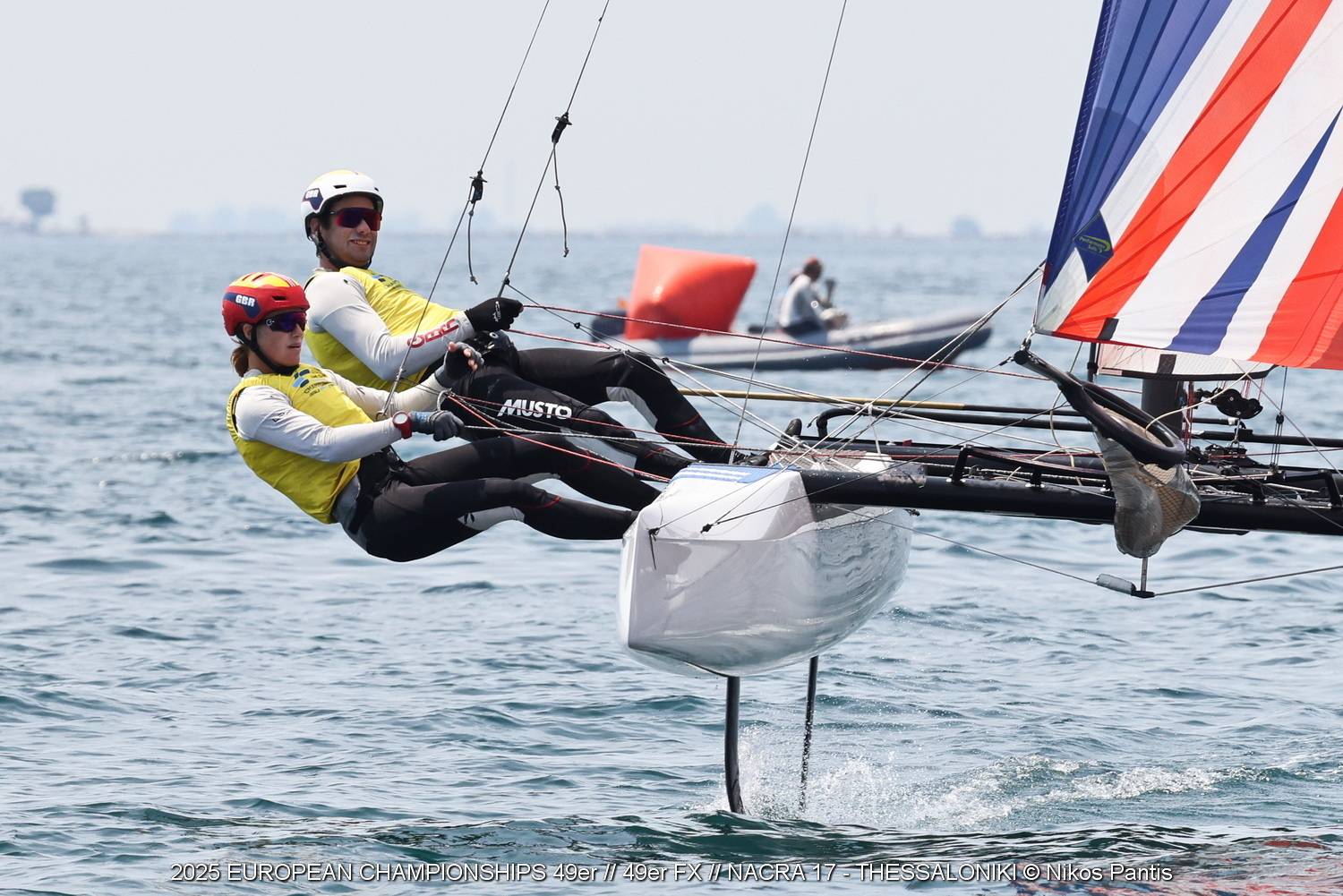
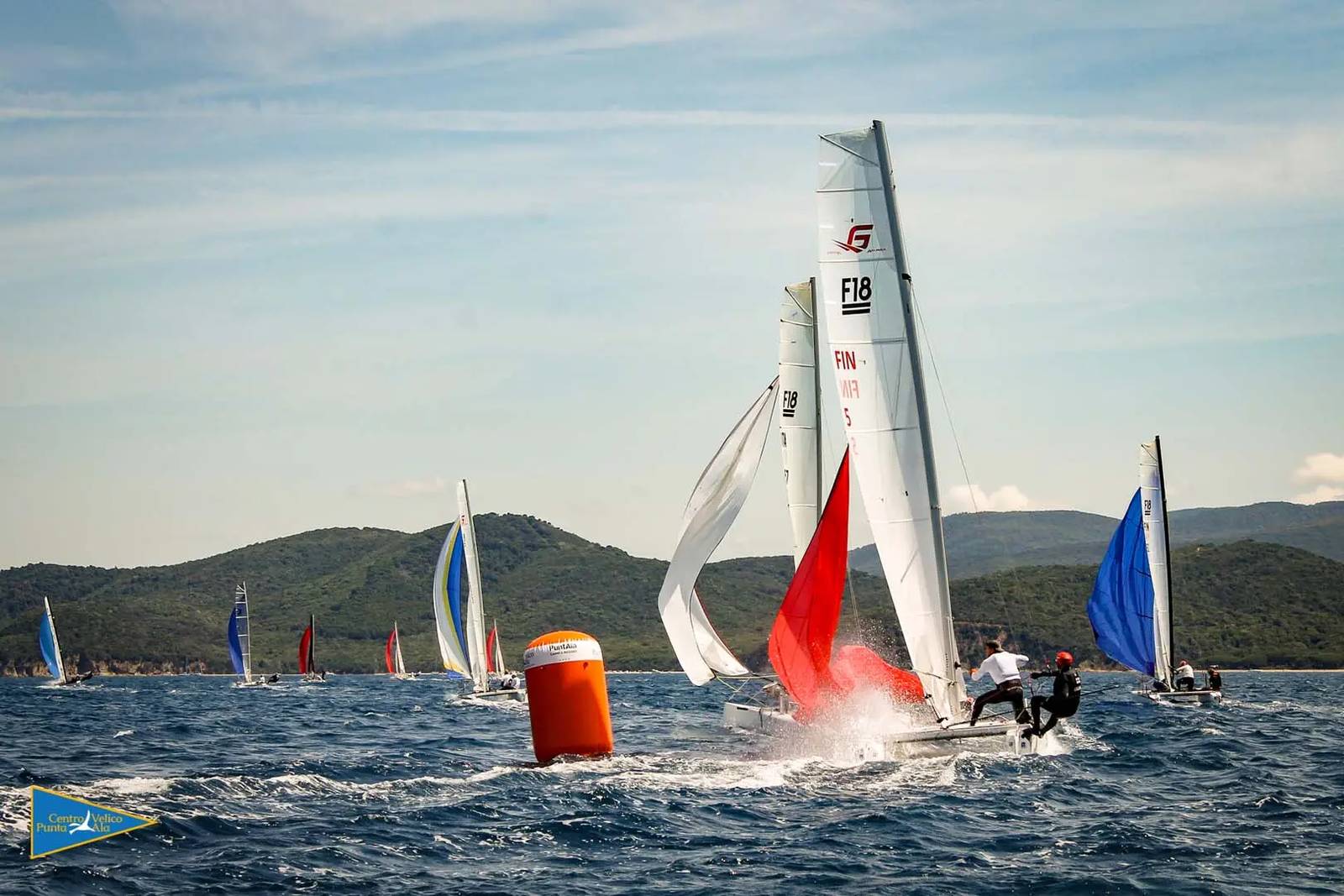
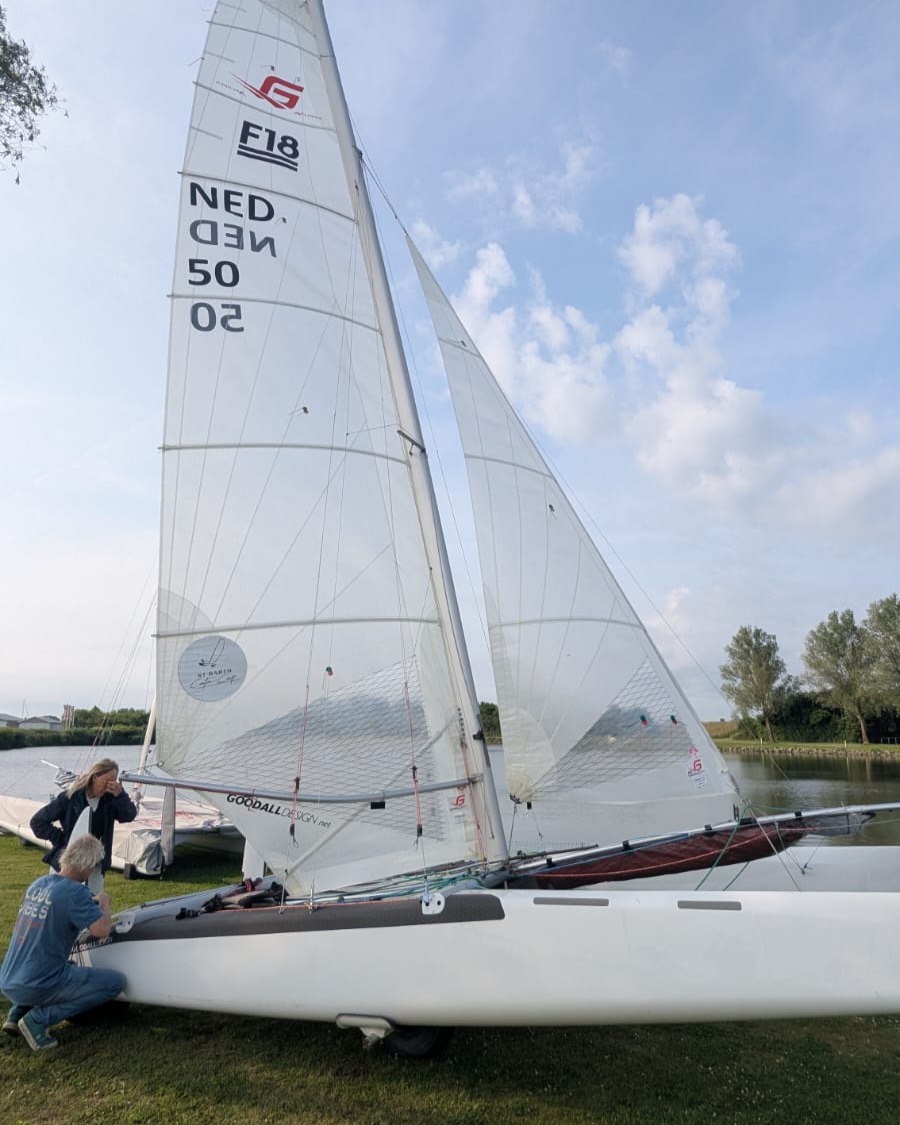
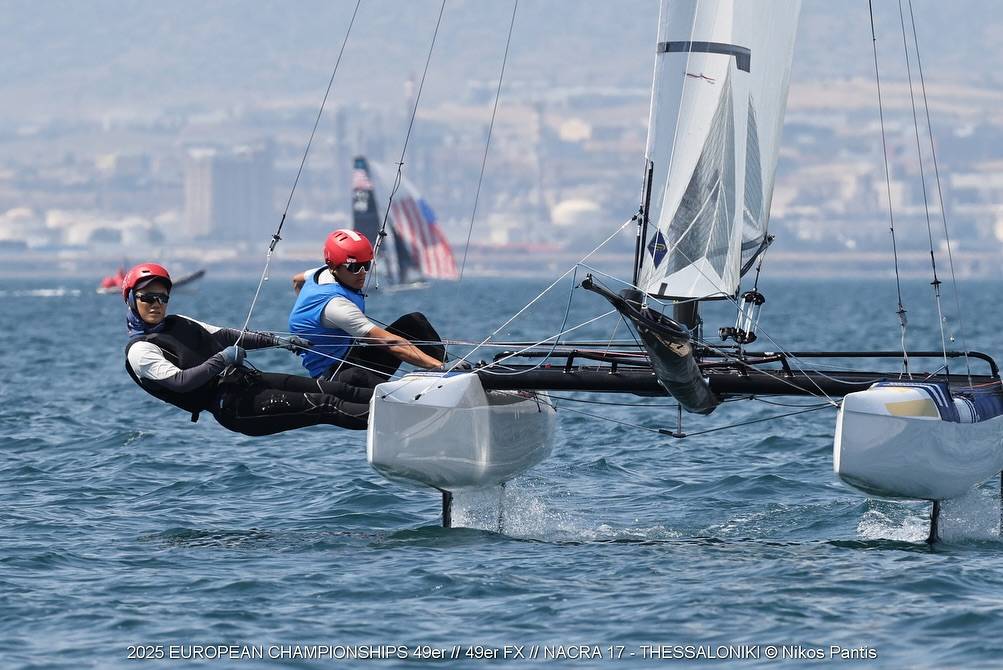




















The a-class has focused on upwind performance till now and therefor has very fine bows.
It might change with the trapezing downwind (its fun and fast, yebiee), so we will perhaps see fuller bows in the future, more like the f18. The design from Holland from last year(DAMP?) is a small step in that direction, but there is already rumours that they are struggeling upwind in waves.
It will be exiting to see how (or whether) the designs will cope with the changes to the way of sailing the boat.
And Nikita is still the coolest a-cat:-)
I really do agree with the "multihull 'rookies'" quote, I think an experienced Multi helm would have held that back.
You wouldn't see Bundy going flying…
This is actually a very helpful post, thank you. To people new to these boats, the designs all tend to look alike, and the "more volume up front" mantra is kind of mysterious. Diagrams like this one make the issue much more comprehensible. As the caption to the diagram hints, it would be interesting to see the profiles along the other 2 axes (top-down view and forward-aft view). I would also love to see, for example, a simple table listing, for each hull shape, what % of the overall volume fits into the first 10% of the LOA, the next 10%, etc.
While the AC45 doesn't look particularly fat up front, I was kind of amazed at how aggressively the bows fought back in this Oracle video:
https://www.youtube.com/watch?v=GRZGQzDTDaU
They start stuffing it at 0:13 and the transoms don't really get back the water again for the next 14 seconds…
Quick question: Do the heavier dotted lines in your diagram represent the location of the front crossbeam/mast on each design?
Maybe the possibility is that the X40 bows are too full and the rudders come out too quickly in a bear away??
Rumour has it that ETNZ flipped today, we just have to wait for the pics of it happening.
If you look at how many races the X40 fleet does the amount of capsizes is not that great IMO.
Didn't it occur to anyone, that there ist a difference between F18 and X40, since you can move around about 40% of the overall boat weight on an F18? On an A-Cat even around 60%.
Put a radio controlled F18, without crew into heavy conditions and it will pitchpole like the X40s.
– Dot lines are just 50% lenght, but that's about where the front beams position for all, will post later.
– Crew Weight: You are right, but when flying downwind in +20 knots and waves, the F18 crew is quite 'freezed' on its position: skipper on the back beam, crew trap hanging on the transom almost.
The same upwind, both at the trap.
Handling the boat at marks, that's where you can move your weight around, but pitchs are mainly avoided steering and with the mainsheet.
Following your assumption every single X40 should have capsized at that mark like Muscat then.
I remarked about several factors on pitchs and the 1st was boat handling.
Clearly they need a solution for these powerfull beasts.
TNZ confirmed Capsize.
https://www.sail-world.com/USA/Americas-Cup:-Emirates-Team-NZ-capsize-AC45-in-Auckland/82653
A static position of the crew does not change anything about the fact, that the center of gravity can moved significantly by the crew of an F18 or A-Cat. Thus there is a huge difference to the X40s.
Since cat-experienced teams also capsize, I think this is in favour of my argument. To a certain extend they can react to gusts, but it also depends on their luck.
Try sitting statically near the front beam, downwind in 20kts. You will be able to sail, but as soon as you try to push the boat, it will easily go wrong at some point.
You mention 'move around'.. and yes we can use our weight, so they need to get a ballast solution to aim your concern, like Alinghi did.
With that solved, the design aspect raises again, as I pointed out on modern F18s:
Its not the same to push hard as we can do today with the Infusion, C2 or Shockwave (with the same advantage on weight placement) than to do the same with a Tiger or Cap for ie.
The error margin on these F18s is huge, and they are even faster than old designs (besides rig development…)
…… OHHHH it's a bit of a hole there….
Martin, thank you very much for your blog. I enjoy it. The profile comparison is interesting, but it is just a profile comparison and does not show the full volume. Many boats now have fuller volume down low as I'm sure you are very familiar with.
Also, we should remember the beam to length ratio, a major influence on righting moment and overall power, is vastly different on these boats, with the smallest being the A at roughly .41 and the largest being the AC45 at .5 of length. The F18 is on the high side of the middle. These different ratios necessitate different bow designs.
"….Scaling up is not that simple, freeboard height must be integrated with final lenght, overall weight and other performance factors, the X40 and the Ac45 have more power to weight ratio than the F18 for ie….."
"…The X40 has a good profile freeboard but its cross section is quite slim…"
Your point addressed above- And as you say, just a profile comparison.
Search the blog for volume distribution on cross section types and wave piercing, plenty of info on it if you are a new reader.
This is a just a visual concept on profile easy to understand.
I think that the graphic be restricted, new projects under consideration have large defects. all created exclusively for short wave and medium wind, I prefer to evaluate projects' full condition ", these are interesting, all be able to design prototypes for speed races, the difficulty is to build fast boats in all conditions, there are class A manufacturers High tech and new catamaran designs 40 years old, is not only right to talk about today! Search the web and in the memories, all the news will be old!